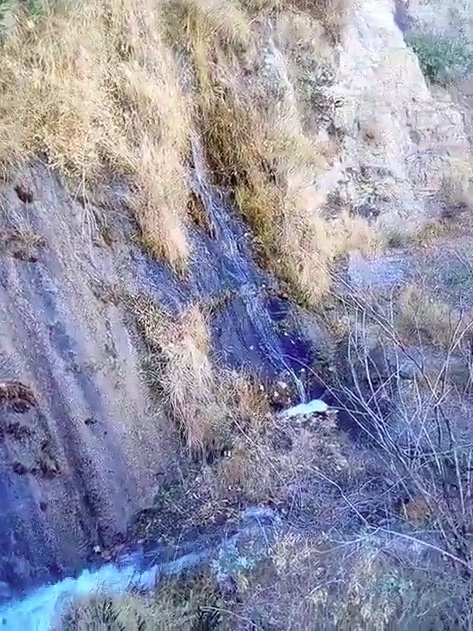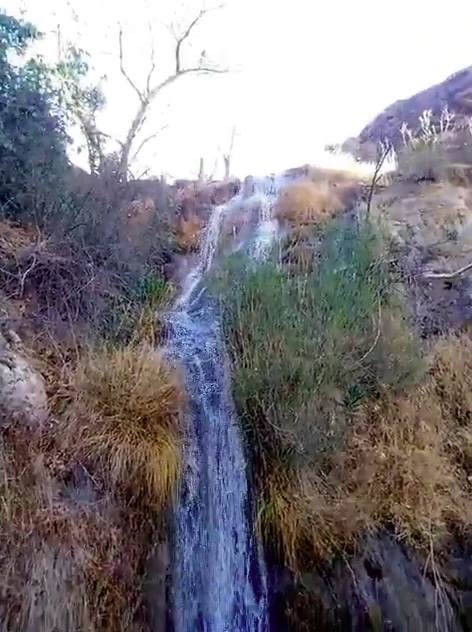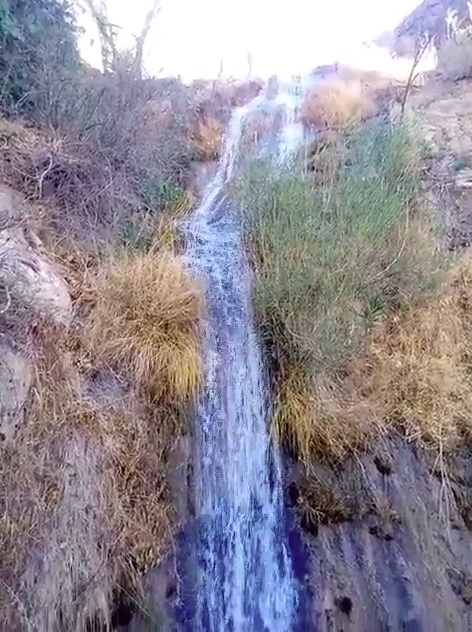In a surprising turn of events, the devastating earthquake that struck Morocco has led to the revival of long-dried springs, bringing a glimmer of hope to the affected regions. Residents in areas impacted by the earthquake have reported the return of springwater to villages surrounding the quake epicenter in Ighil.
Communities in villages such as Akdim, Kantoula, Imin Nulawn, Tamselt, Azdil, Amzri, Ijoukak, Thalat Yakoub, and Ikhf n Tissast have witnessed this remarkable phenomenon. This newfound water source is a significant development in a country facing high water stress, with some regions experiencing severe drought for six consecutive years, as indicated by data from WRI’s Aqueduct Water Risk Atlas. The Moroccan government has had to implement stringent water rationing measures in response to declining water reserves.

Locals view the reappearance of these springs as an unexpected silver lining resulting from the September 8th earthquake, which has tragically claimed more than 2,900 lives to date. They see it as an opportunity to resurrect agricultural practices that were abandoned years ago when the springs ran dry.
Furthermore, the resurgence of these springs will provide much-needed relief to residents in remote areas who previously had to undertake long journeys with their livestock to access drinking water.
It is a known geological phenomenon that during significant earthquakes, the movement of tectonic plates deep beneath the ground can alter interconnected water pathways. Consequently, after such seismic events, there are often reports of new springs emerging, while existing ones may yield more water.

Historically, large earthquakes like the Lisbon earthquake of November 1, 1755, have had such a profound impact that groundwater and spring anomalies were recorded even in distant regions, including America.
Mohamed Jalil, a “sustainable development expert” and a user on the X platform (formerly Twitter), shared a video depicting a newly flowing waterfall in the aftermath of the earthquake. In his words, “Due to the earthquake and the fissure it created in the layers of the earth, springs emerged in some areas of the Atlas Mountains. Our wounds bled, and our eyes shed tears, and the earth’s wounds yielded a stream as if saying to us, ‘Do not bleed alone, to heal our wounds and dry the remnants of our tears.'”






